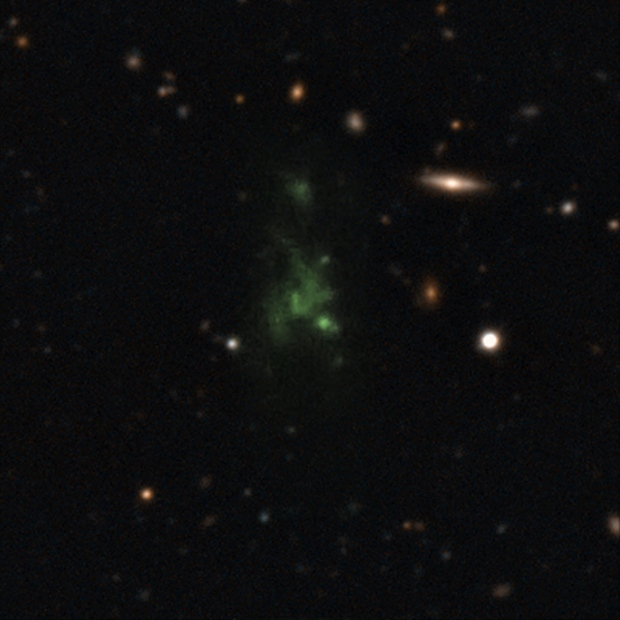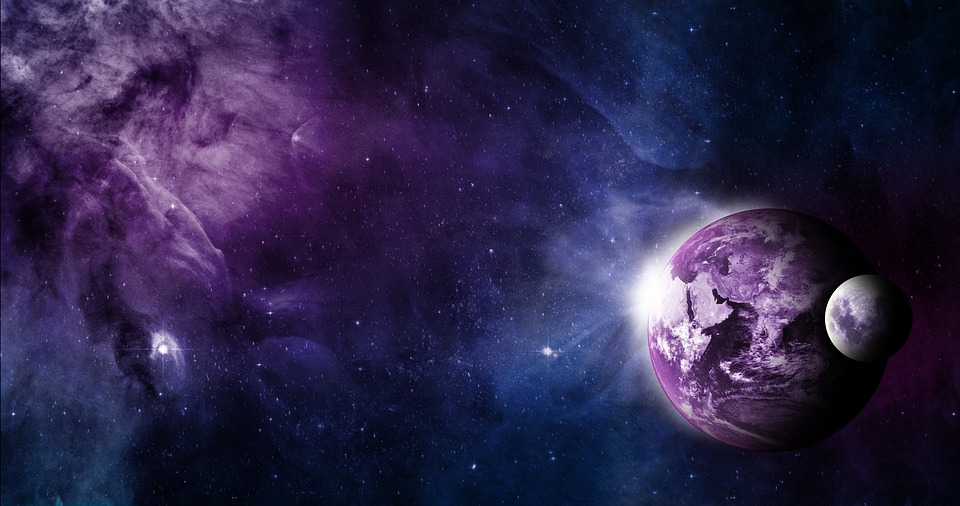09/21/2016 / By spacenews
Scientists believe they have figured out why a mysterious giant ball of gas in the distant universe glows so brightly, and the answers may help explain how galaxies are formed.
Article by CBC News
Lyman-alpha Blobs, or LABs, are faraway clouds of hydrogen gas that can span hundreds of thousands of light-years and emit bright ultraviolet light.
Until now, scientists had no idea what caused LABs to shine so brightly, or even how they came to be.
But we’re one step closer to understanding the origins of these mysterious space blobs, according to a study set to be published in the Astrophysical Journal.
“For a long time, the origin of the extended Lyman-alpha light has been controversial. But with the combination of new observations and cutting-edge simulations, we think we have solved a 15-year-old mystery,” lead author Jim Geach, a research fellow at the University of Hertfordshire’s Centre for Astrophysics Research in the U.K., said in a statement,
Geach and other members of an international team of scientists set their sights on one of the biggest-known LABs. Called LAB-1, it is so far away from Earth that it took 11.5 billion years for its light to reach us, which means when we look at it, we’re peering into the early history of the universe.
In images taken from powerful telescopes, LAB-1 emits a shimmering emerald green colour.

This composite of two different images taken with the Very Large Telescope at the European Southern Observatory shows the pretty green gas cloud known as Lyman-alpha blob, or LAB-1. (M. Hayes/European Southern Observatory)
Using the Atacama Large Millimeter/submillimeter Array telescope and the Very Large Telescope at the European Southern Observatory in Chile, scientists have been able to get a closer look at the green space blob.
And it turns out the light show it puts on is more than pretty — it may be indicative of the birth of a massive cluster of galaxies.
At the heart of LAB-1 are two large galaxies, forming stars at a rate over 100 times that of the Milky Way and lighting up their surroundings.
“Think of a streetlight on a foggy night — you see the diffuse glow because light is scattering off the tiny water droplets. A similar thing is happening here, except the streetlight is an intensely star-forming galaxy and the fog is a huge cloud of intergalactic gas,” Geach said.
Those two big galaxies are at the heart of a swarm of smaller ones in what appears to be the early phases of the formation of a massive galaxy cluster.
That means that by studying LAB-1, scientists are seeing a critical moment in time and can learn more about how galaxies form and evolve.
Scientists believe some of the universe’s most massive galaxies form in LABs and each new discovery brings us closer to understanding how and why that happens.
“Lyman-alpha Blob-1 is the site of formation of a massive elliptical galaxy that will one day be the heart of a giant cluster. We are seeing a snapshot of the assembly of that galaxy 11.5 billion years ago,” Geach said.
Read more at: cbc.ca

















